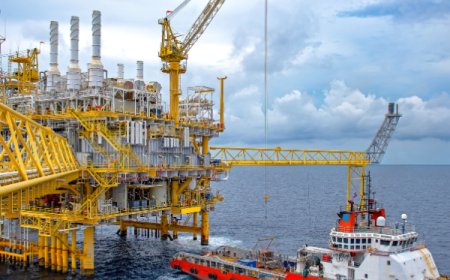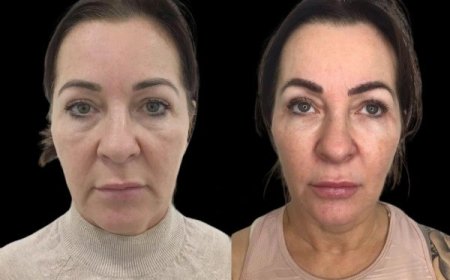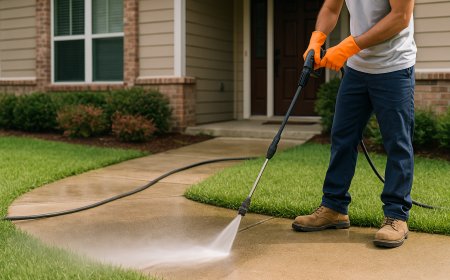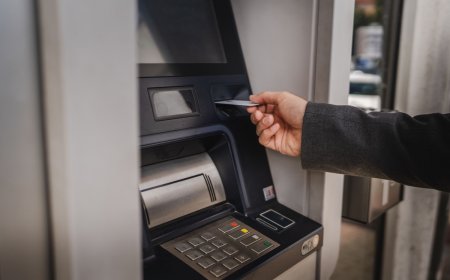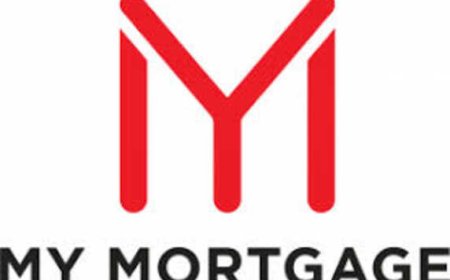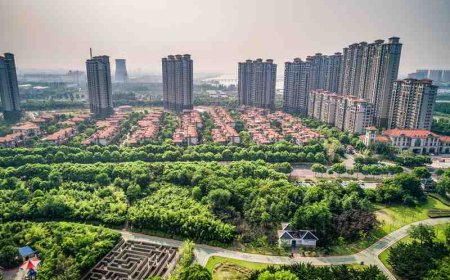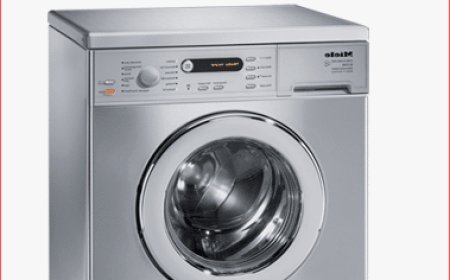What Are the Best Industrial Metering Solutions Available?
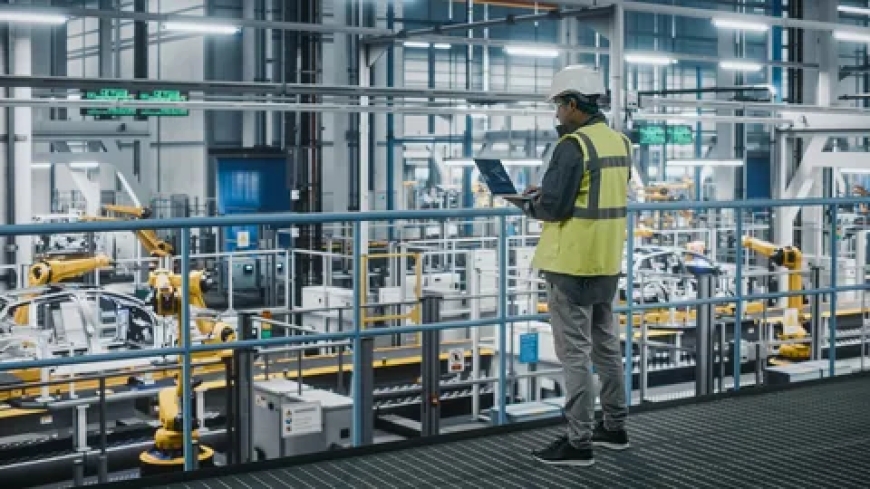
In today’s fast‑paced, data‑driven industrial environment, industrial metering solutions are more than just devices—they’re indispensable enablers of efficiency, safety, and regulatory compliance. From controlling the flow of oil to monitoring water usage in treatment plants, metering technologies are foundational in process optimization. This article dives deep into what these industrial metering solutions are, how they work, and why your business needs them now.
2. What Are Industrial Metering Solutions?
Industrial metering solutions encompass the tools and systems designed to accurately measure physical parameters—such as flow, pressure, temperature, and level—within various industrial processes. They include sensors, transmitters, control systems, and software for data capture and analysis.
Metering solutions differ from basic sensors:
-
Sensors detect raw signals (e.g., pressure, flow).
-
Transmitters convert and communicate those signals.
-
Controllers/SCADA integrate the data, enabling process control.
-
Analytics/reporting tools turn metrics into visual dashboards and insights.
3. Importance & Benefits
Implementing high-quality industrial metering solutions yields immediate and long-term gains:
-
Regulatory compliance: Crucial for industries handling hydrocarbons, chemicals, drinking water, and emissions—laws mandate accurate measurement and reporting.
-
Cost reduction: Tracks usage and wastage, enabling substantial savings.
-
Quality assurance: Ensures consistent product composition in pharmaceuticals and food production.
-
Process optimization: Real-time metrics allow operators to fine-tune systems for maximum throughput and minimal downtime.
-
Safety & leak detection: Early warnings from flow or pressure drops help avert accidents and environmental damage.
4. Core Components
4.1 Flow Meters
Measure liquid or gas volume or mass moving through pipelines. Common examples: turbine meters, electromagnetic meters, ultrasonic meters.
4.2 Pressure Meters
Monitor system pressure; critical for ensuring safe operating ranges and detecting blockages or leaks.
4.3 Temperature Meters
Thermocouples, RTDs, infrared sensors monitor thermal conditions to prevent overheating and maintain product integrity.
4.4 Level Meters
Ultrasonic, radar, or float-based meters measure liquid or solids in tanks, used in batching and storage systems.
5. Types of Industrial Metering Technologies
5.1 Mechanical Flow Meters
-
Turbine Meters: Precise, with moving blades aligned with flow. Good for clean fluids.
-
Positive Displacement Meters: Measure volume by capturing discrete fluid portions. Ideal for high-viscosity liquids.
5.2 Electromagnetic Meters
Use Faraday’s law—no moving parts, minimally invasive. Best for water, slurries, acids, but not for pure gases.
5.3 Ultrasonic Meters
Transit-time or doppler-based systems send ultrasonic signals through fluid. They’re ideal for non-invasive, high-accuracy flow measurements.
5.4 Coriolis Meters
Directly measure mass flow and density via oscillating tubes. Extremely accurate and suitable for almost any fluid.
5.5 Thermal and Vortex Meters
-
Thermal: Measure mass flow of gas by detecting cooling effects.
-
Vortex: Flow disruptors create vortices counted to determine flow. Good for steam, gas.
6. Applications by Industry
6.1 Oil & Gas
-
custody transfer: high-precision measurement for billing
-
pipeline monitoring: leak detection via differential pressure
-
refinery processes: flow control in reactors and separators
6.2 Chemical & Petrochemical
-
Precise batching
-
Mixing accuracy
-
Handling corrosive, abrasive media
6.3 Water & Wastewater
-
consumption billing
-
contamination detection
-
pump control and energy management
6.4 Food & Beverage
-
ingredient dosing
-
CIP (clean‑in‑place) monitoring
-
ensuring compliance with food safety standards
6.5 Pharmaceutical
-
precision in active ingredient blending
-
sterile environment measurements
-
traceability and validation
6.6 Power Generation
-
steam measurement
-
boiler feedwater flow
-
environmental monitoring (e.g. emissions, cooling water)
7. Design Considerations
-
Accuracy & Precision: ±0.5% vs ±0.1% depending on value of measurement
-
Compatibility: Material compatibility with fluid—corrosion, abrasiveness
-
Operative Ranges: Temperature, pressure rating, flow velocity tolerances
-
Regulatory Compliance: ISO, API, OIML, MID, ATEX, CSA, etc.
-
Maintenance & Lifecycle Costs: Replaceable parts, calibration needs, warranty, serviceability
8. Integration & Automation
8.1 SCADA Systems
Supervisory control and data acquisition systems integrate meters via 4–20 mA, HART, Modbus, OPC UA, Profibus.
8.2 Industry 4.0 & IoT
Smart meters with onboard computing, network connectivity, and edge analytics provide:
-
predictive maintenance
-
anomaly detection
-
secure remote firmware updates
8.3 Remote Monitoring & Analytics
Cloud platforms aggregate meter data across assets, visualize KPIs, schedule calibrations, and generate regulatory reports.
9. Challenges & Solutions
-
Installation errors: improper straight-run requirements can cause inaccurate readings
-
Meter drift: regular calibration and verification
-
Harsh environments: use ruggedized housing or purge tubes
-
Data overload: integrate analytics to filter actionable insights
-
Cybersecurity: encrypt data, apply firewalls, conduct pen‑testing
10. Selecting the Right Metering Solution
10.1 Assessing Requirements
-
Define key measurands: flow, mass, pressure, level?
-
Determine required accuracy
-
Understand operating conditions
10.2 Supplier Selection
-
Look for experience in your sector
-
Verify references & certifications
-
Check service support and calibration capabilities
10.3 Cost‑Benefit & ROI
-
Measure direct cost savings
-
Estimate avoidance of fines, leaks, downtime
-
Factor in increased production quality
11. Future Trends in Industrial Metering Solutions
11.1 Smart Metering & IIoT
Next-gen meters connect wirelessly, self‑calibrate, and diagnose faults.
Edge computing enables real‑time decision making.
11.2 AI‑Driven Diagnostics
Machine learning models predict failures from flow curve changes and vibration signatures.
11.3 Sustainability & Emissions Tracking
Government mandates force companies to track gas leaks and CO₂ emissions—mass flow meters in exhaust stacks are essential.
12. Case Studies & Examples
-
Oil refinery: Upgraded turbine and Coriolis flow meters achieved 2% fuel savings.
-
Water utility: Switched e‑mag meters in city zones—faster leak detection; reduced unaccounted water by 10%.
-
Food plant: Ultrasonic level meters in CIP tanks improved cleaning uptime by 15%.
13. FAQ – Frequently Asked Questions
Q1. What is the difference between mechanical and Coriolis flow meters?
Mechanical (e.g. turbine or PD) meters use moving parts; Coriolis meters directly measure mass and density via tube vibrations. The latter is more accurate and handles multiphase flows.
Q2. Can I integrate a meter with PLC or SCADA?
Yes—most meters support industry-standard communications: 4–20 mA, HART, Modbus, Profibus, and OPC UA, enabling easy integration with automation systems.
Q3. How often should meters be calibrated?
Regulated industries require calibration annually or semi‑annually; others opt for 12–18 month cycles. Onsite calibration vs. lab calibration depends on accuracy needs.
Q4. Are ultrasonic meters reliable for dirty fluids?
Transit-time ultrasonic meters need clean fluids. For slurries or dirty media, Doppler-type or electromagnetic meters are better suited.
Q5. What’s IIoT’s role in metering?
IIoT enables meters to self-report health, stream data to dashboards, enable remote firmware updates, and send predictive maintenance alerts—minimizing downtime and manual checks.
Q6. How do I measure steam flow?
Use Coriolis, vortex, or thermal meters rated for high temperature and saturated steam. Differential pressure steam flow with an orifice plate is another option but needs temperature compensation.
Q7. Can one meter measure multiple variables?
Some advanced transducers combine flow, pressure, and temperature in a single device. This can streamline installation and data handling.
14. Conclusion
Industrial metering solutions are indispensable in modern manufacturing, utilities, and process industries. By delivering precise data on flow, pressure, temperature, and levels, they enhance quality control, safety, resource management, and compliance. Choosing the right meter involves understanding your specific needs, industry standards, and long‑term objectives. Smart, connected meters powered by IIoT and analytics are transforming operations—making measurements smarter, systems leaner, and processes more reliable.
If you're considering upgrading or implementing metering solutions, carefully assess your process requirements, partner with reputable suppliers, and embrace technologies like SCADA, IIoT, and analytics to unlock true value.

